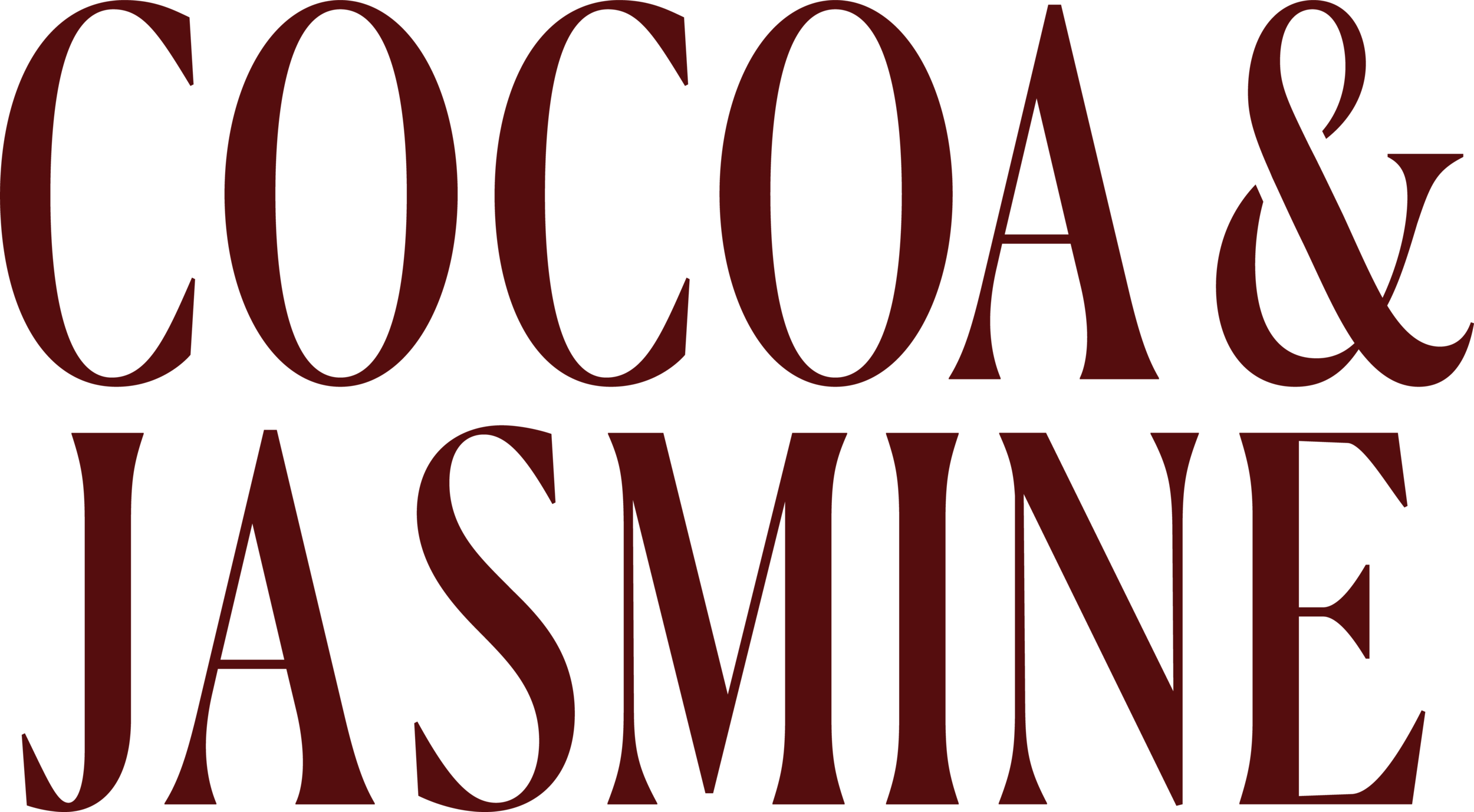Manan, a timeless craft driven Indian brand
Manan has been in Delhi's iconic retail market for over two decades and existed before the indie brand x handloom boom that the country is experiencing now. Please share your vision of the brand and how it has evolved with the changing retail landscape.
As one of the earliest retail stores in the space of sustainable, craft-driven fashion, Manan's vision has always been to create timeless, high-quality products that celebrate the textile heritage of India and make it accessible to a wider audience. We've held onto these principles for 2 decades, but in terms of change, we have incorporated technology to communicate a lot more with our customers. For instance, we've built a global online presence via our website www.manandesign.com; and we've created an active and transparent social media presence to keep customers informed of our collections and weaving partnerships. These improvements have helped us with accessibility, and equally, accountability.
All the same, we've continued to be focused on our pillars – artisan-first, fabric-forward and minimal waste. For example, we do not follow any colour or pattern trends as a design studio. Each design is analysed through the lens of "how often and on how many occasions can a potential customer wear this outfit" in a year, or over 5 years. We are not fans of "event-driven" outfits. We believe strongly in trans-seasonal clothing. We also don't keep any ready-to-ship stock; all orders are made once received to avoid wastage. Internally, we aim to accomplish a "thoughtful production" process as opposed to just an "efficient and quick production" process. We will never change these systems and processes as they are integral to who we are and who we want to be a brand.
While the indie handloom movement has brought increased attention to brands like Manan, we've consistently stayed true to our core values (Timeless, Earth-Wise, Artisan-Led, Authentic) and design ethos (everyday wear in natural fabrics) by working closely with skilled artisans across India to develop unique handloom textiles that form the foundation of each collection. This focus on quality raw materials and thoughtful production processes have allowed us to create a distinct identity and loyal customer base, even as the retail landscape has evolved.
Visual storytelling is a key aspect to a brand experience. How has Manan adapted while staying true to its customers? How is Manan's product adding value in the pool of other brands with similar price and product offerings.
Visual storytelling is a key aspect of any brand's experience, and this has been the biggest improvement that Manan has made over the last decade. As a family-run enterprise, we always prioritised our internal systems, and didn't focus as strongly on external messaging. Since our inception, we worked with artisans in textile clusters to make timeless clothing, but honestly speaking, we fell short in communicating our story and design process to customers. Over the last decade, we've developed a strategy to share authentic visual imagery of our brand – this has included weaving videos of our bespoke linen, behind-the-scenes insights into the lives of our artisans and blogs that talk extensively about why we do what we do. Further, we have changed the aesthetic of our stores to feature natural materials and raw finishes to create a serene, inviting atmosphere that reflects the brand's slow, contemplative design philosophy.
We believe that our audience draws value (as much as we do) from the values and stories behind the clothing; it is what sets us apart. Visual storytelling for us implies that when a customer interacts with Manan online or offline or even at a partner store, they experience Manan for what the brand is – authentic, transparent, artisan-led, thoughtful and accessible. We've tried to show our products for what they are, through videos and images that are clear and easy to understand.
What is the future of this brand? What is inspiring you for new collections? Do you think Indian indie brands have potential in the international market? What kind of customers/ community do you seek?
In the international market, there is undeniably a huge potential not only in clothing that is a modern take on the idea of "Indianness", but also the immense value in crafts, honouring time-held traditions of fabrics, and the people behind it. The success of Anita Dongre and Sabyasachi are an example of this. There is a market for Indian textiles presented in interesting global silhouettes. We see proof of this in increasing online orders from abroad, and that a majority of our clientele for linen have been from California or European countries. Approximately 30-40% of our store sales and online sales are from customers that live outside India. To me, this is a natural expansion of the community we are trying to build – of people who understand the value of 5-7 great wardrobe items that can be worn for various occasions or events. Who value natural fabric and understand how to wear and repair minor issues; a community that values transparency and pushes us to do better.
I think in the coming years, we will see more pret and everyday brands opening in international markets. Maybe in South East Asia at first, then Europe and other areas. International customers do travel a lot to India and buy clothes that they can wear in their daily lives, as opposed to buying "ethnic" clothes that they wear to "Indian" functions.



